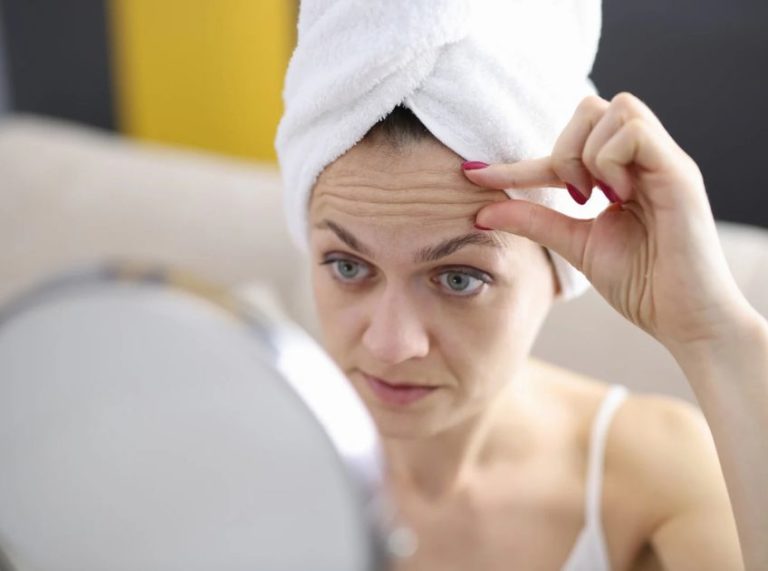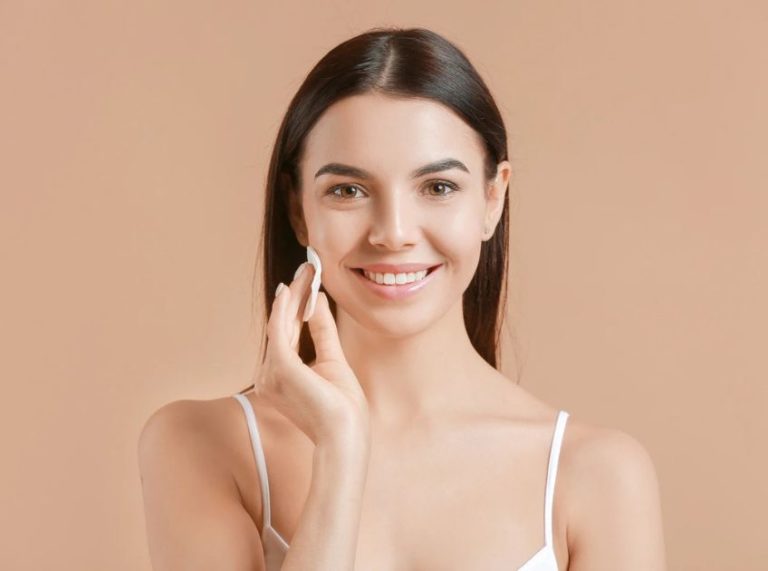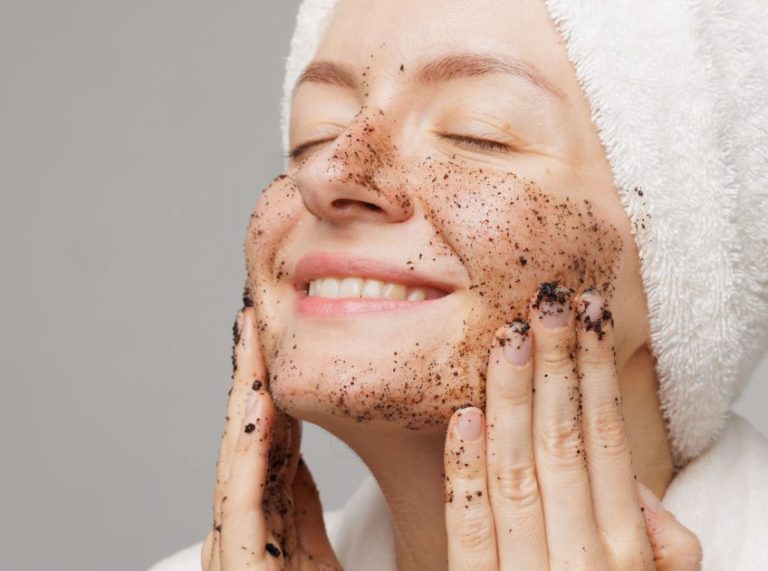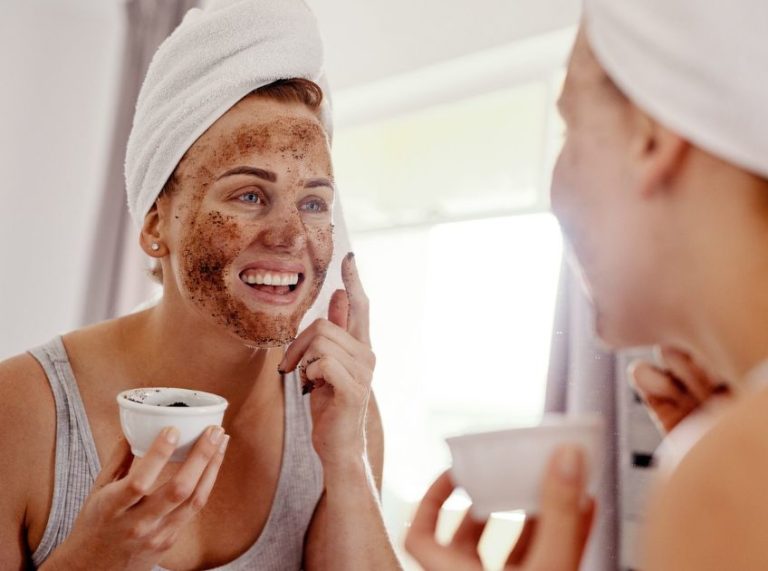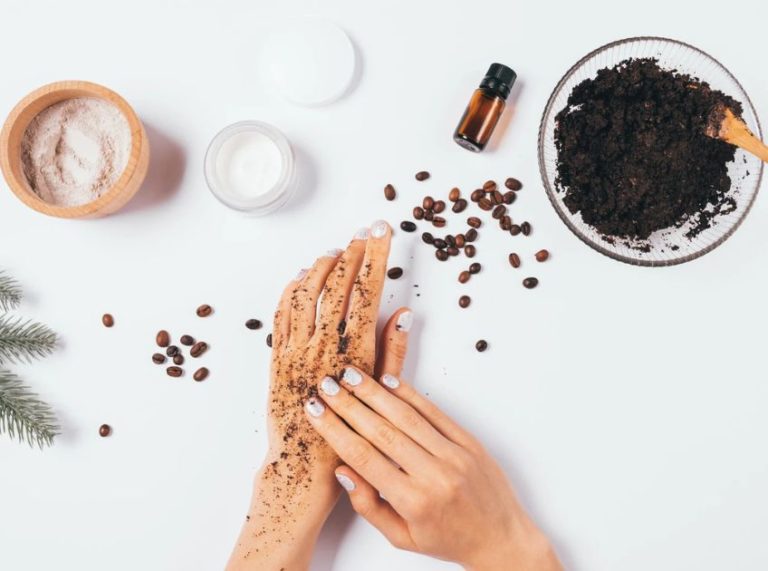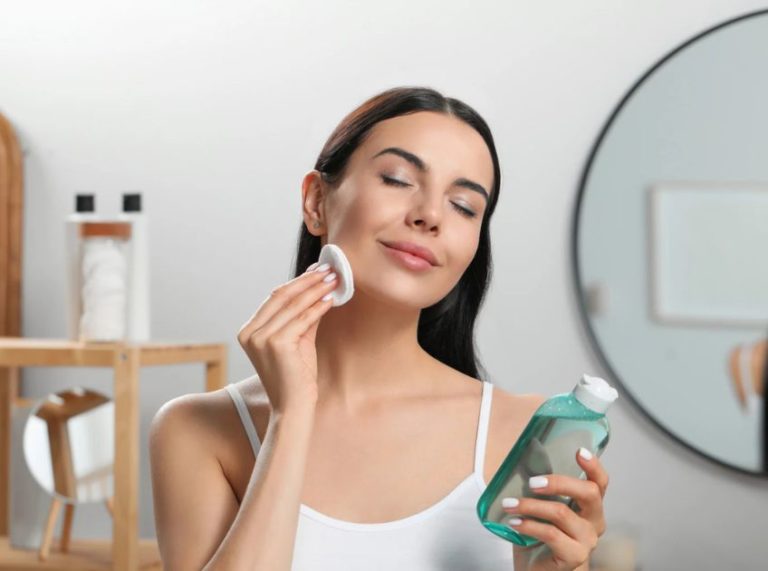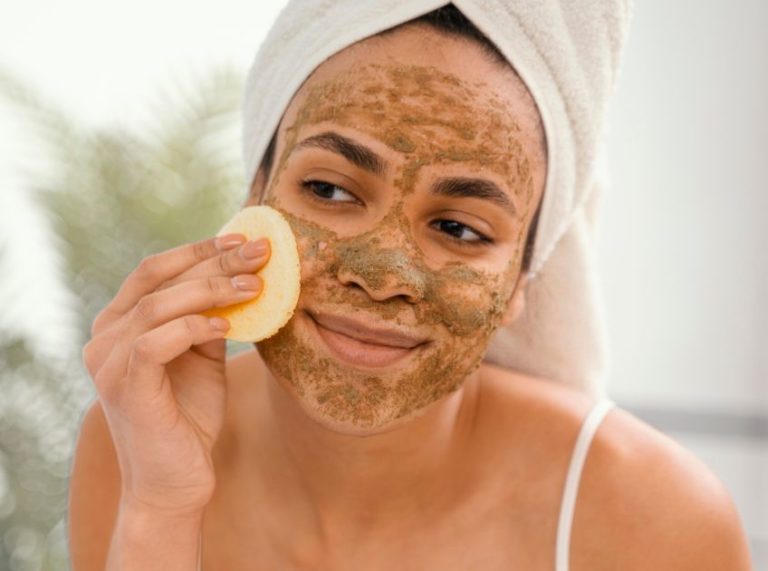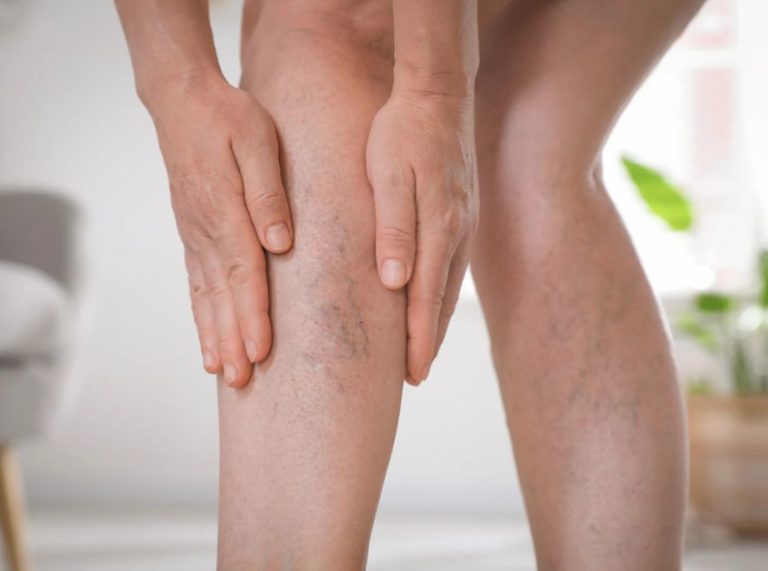
Important: This article is for informational purposes only. Please read our full disclaimer for more details.
Aloe vera is nature’s go-to remedy for every skin issue—be it dryness, dullness, or sunburn. But commercial aloe gels often come with unnecessary preservatives and additives. If you’re looking for a pure, effective solution straight from the plant, making aloe vera gel at home is easier than you think. Let’s learn how to create your skin-loving gel in minutes.
Why Everyone is Talking About Aloe Vera Gel
Aloe vera has earned its reputation as a must-have skincare ingredient—and for good reason. Extracted from the fleshy leaves of the aloe plant, this clear, soothing gel has been used for centuries in traditional medicine. Today, it’s celebrated for its ability to calm, heal, and hydrate the skin without clogging pores. Whether you’re battling breakouts, sunburn, or dullness, aloe vera provides fast, natural relief while supporting the skin’s overall health.
The Real Skin Benefits of Aloe Vera
- Intense Hydration: Instantly quenches dry, dehydrated skin without leaving a greasy residue.
- Calms Irritation: Reduces redness, inflammation, and itchiness caused by sunburn, rashes, or sensitivity.
- Fights Acne: Contains antibacterial and anti-inflammatory compounds that soothe acne-prone skin and help prevent breakouts.
- Boosts Collagen: Stimulates fibroblast cells, which support collagen and elastin production—key for firm, youthful-looking skin.
- Fades Dark Spots: With regular use, it helps reduce pigmentation and even out skin tone thanks to compounds like aloin and antioxidants.
What Science Says About Aloe Vera
Aloe vera contains over 75 active compounds, including vitamins A, C, E, B12, enzymes, amino acids, and polysaccharides (1).
According to research published in the Indian Journal of Dermatology, aloe vera enhances wound healing, reduces inflammation, and stimulates collagen synthesis (2).
Key Compounds That Make Aloe Vera Work
- Aloin: Known for skin brightening and anti-inflammatory effects
- Glucomannan: A polysaccharide that stimulates fibroblast activity and collagen production
- Salicylic acid: Offers mild exfoliation and acne-fighting properties
- Lignin: Enhances absorption of other ingredients into the skin
When to Discontinue Use
Stop using aloe vera gel if you notice:
- Increased redness or itching
- Small bumps or breakouts
- A stinging or burning sensation after application
Always do a patch test, especially if you have sensitive or allergy-prone skin.
Customizing the Recipe to Your Needs
You can adjust the thickness by:
- Adding vitamin E oil for dry skin
- Mixing rose water for oily skin
- Using tea tree oil for acne-prone skin
Start with small quantities and tweak based on your skin’s response.
Is Aloe Vera Safe for All Skin Types?
Yes, aloe vera suits all skin types—from sensitive and oily to dry and mature.
It’s especially beneficial for:
- Sensitive skin (cooling and anti-inflammatory)
- Acne-prone skin (antibacterial properties)
- Dry or aging skin (deep hydration and collagen boost)
Two Easy DIY Aloe Vera Gel Recipes
DIY 1: Fresh Aloe Vera Gel (Classic Method)
A simple and effective way to extract pure aloe vera gel at home using just the leaf and a blender. Ideal for daily skincare use.
Ingredients:
- 1 large aloe vera leaf (preferably mature)
- 1 teaspoon vitamin E oil (optional, for preservation)
Directions to Use:
- Wash the aloe leaf thoroughly and pat dry.
- Slice off the spiky edges and remove the green skin using a sharp knife.
- Scoop out the clear inner gel with a spoon.
- Transfer the gel to a blender, add vitamin E oil if using, and blend for 30 seconds.
How to Apply:
- Apply a small amount to clean skin as a moisturizer.
- Use as an overnight mask for dry or irritated skin.
- Dab on acne-prone areas to reduce inflammation.
- Mix into DIY face packs for added hydration.
How to Store:
- Pour the gel into a sterilized glass jar.
- Store in the refrigerator for up to 7–10 days.
- Always use a clean spoon to scoop out the gel to avoid contamination.
DIY 2: Aloe Vera Gel with Rose Water (Soothing Version)
This version combines aloe with rose water for added cooling, toning, and hydration—perfect for sensitive or sun-damaged skin.
Ingredients:
- 1/2 cup fresh aloe vera gel (from 1 large leaf)
- 2 tablespoons pure rose water
- 1/2 teaspoon glycerin (optional for extra softness)
Directions to Use:
- Extract the aloe vera gel using the method in DIY 1.
- Blend the gel with rose water and glycerin until smooth and creamy.
- Strain using a muslin cloth if a smoother consistency is desired.
How to Apply:
- Apply to the face after cleansing as a hydrating toner.
- Use as a post-sun exposure treatment to cool and repair skin.
- Mix with sandalwood powder to make a brightening face mask.
- Dab under the eyes to soothe puffiness and refresh tired skin.
How to Store:
- Keep the gel in a sterilized, airtight container.
- Store in the fridge and use within 5–7 days.
- Shake well before each use if separation occurs.
Frequently Asked Questions (FAQ’S)
1. Can I use store-bought aloe vera gel instead of fresh gel?
A. Yes, but ensure it’s pure and free from added colors or alcohol. Fresh gel has the most active nutrients.
2. How often can I apply aloe vera gel?
A. You can safely apply it once or twice daily, depending on your skin type and need.
3. Can aloe vera lighten dark spots or pigmentation?
A. Yes, consistent use may help reduce pigmentation due to its aloin and antioxidant content.
Making aloe vera gel at home is a simple yet powerful step toward cleaner skincare. Free of chemicals and full of skin-enhancing nutrients, homemade gel offers a safe, effective, and cost-friendly solution for glowing skin. Try one of these DIYs and embrace the confidence of knowing exactly what goes on your skin.
